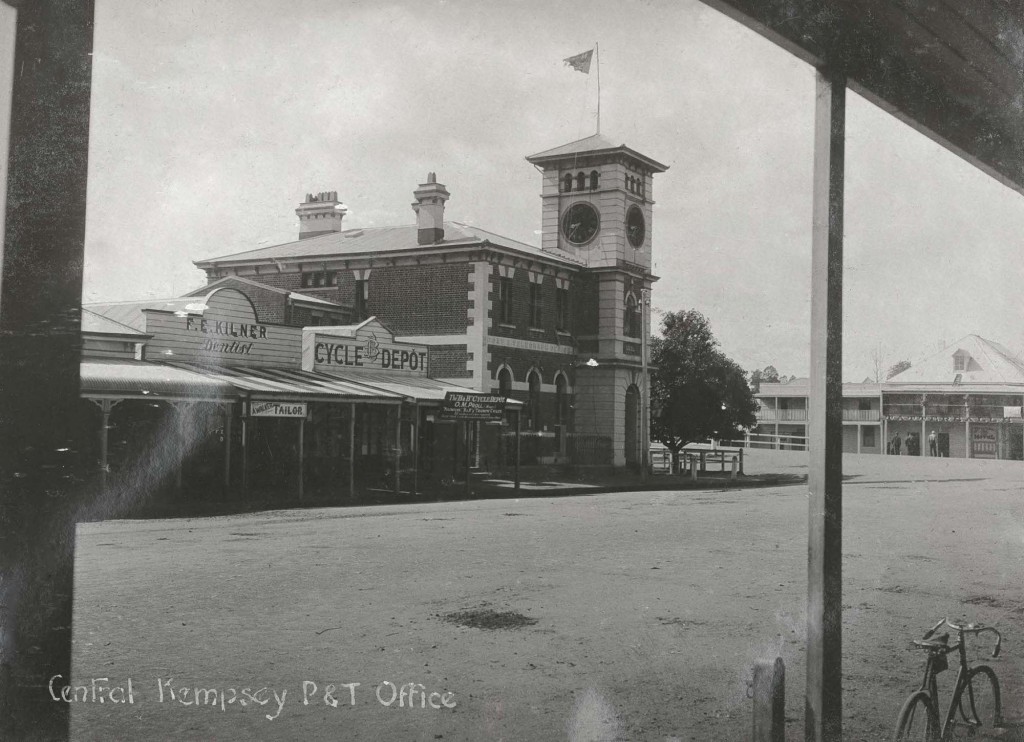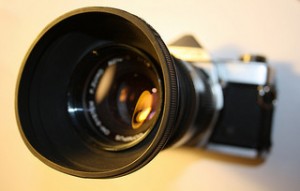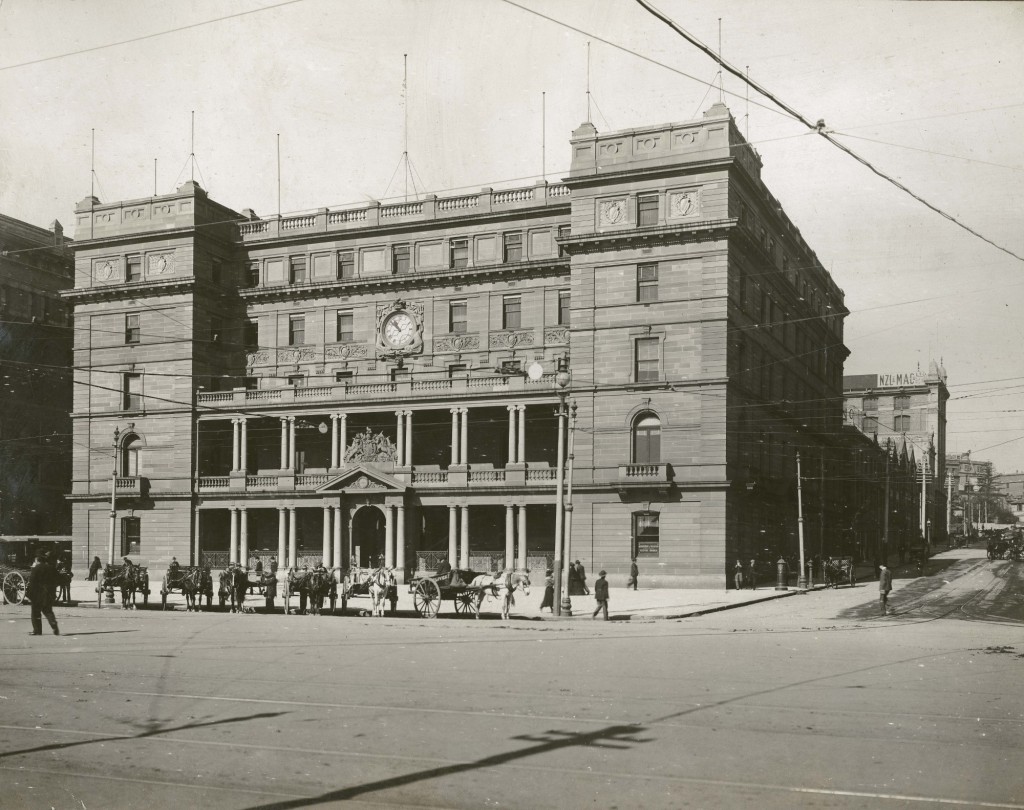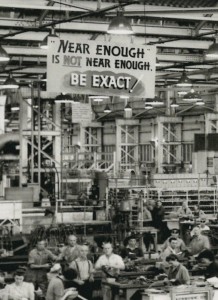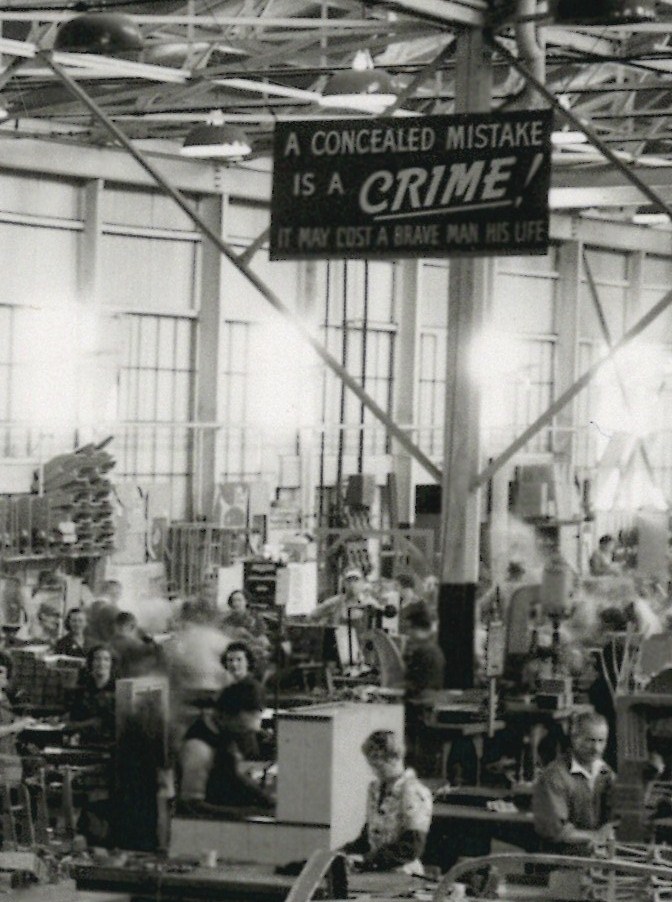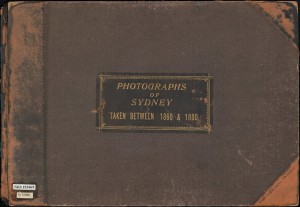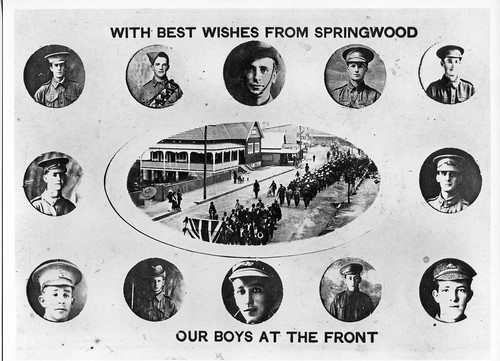
This photographic exhibition has been developed by the Garden History Society Northern New South Wales Sub Branch at Armidale. The photographs vary from the grandest to the most unusual and come from collections held by the National Trust, University of New England Archives, Historical Societies and individuals.
Why are these garden photographs important? What stories do they tell?
Photographs are an essential source of historical evidence but they also provide aesthetic enjoyment. They support the written historical word and assist in our interpretation of history. It is when they are grouped together that we can start seeing the similar patterns emerging. It is for this reason we organised the photographs into themes such as: design features, work, recreation, settler’s gardens, town gardens, school gardens, public parks, tertiary education grapes and vineyards and homesteads. We also decided to develop a booklet so that the visitor could take it away and look at the various photographs at later times.

A sense of belonging
The arrival of the female in New England and the subsequent establishment of the garden introduced the principle of permanency, a sense of belonging and a sense of place. In the exhibition you will see a photograph of a simple miner’s timber hut without any garden apart from timber for heating and cooking. This compares with the miner’s hut at Hillgrove, east of Armidale where Mrs McWatter and her husband stand on the front verandah with pot plants in the background. Another factor at work in Hillgrove is the fact that Mr Tonkin, the school principal for twenty years and his wife conducted a nursery. He made many trips to Sydney to obtain trees for the town which included pines.

The photographs demonstrate a diversity of values. One of the most critical factors in early garden design was the establishment of an English type garden in an Australian setting. These gardens featured exotic trees not only from the British Isles but also the American continent and the Asian region. There was little place for the Australian native tree or shrub in gardens designed to create a memories of the English or Scottish landscape.

Pastoral gardens
Early pastoral employment records of properties held at the University of New England Archives refer to workers including gardeners, particularly Germans for vineyards and Chinese for vegetable gardens. At different times of the year, other workers were employed to maintain the garden. Consequently we see a number of fine gardens at the various New England Homesteads. Bearing in mind the garden not only provided a place of beauty but also supplied fresh vegetables and fruit to the station kitchen.

One of the most fascinating examples of change in values is the way that hospitals were once surrounded by magnificent gardens. In the past, health administrators saw the importance of the garden as part of the healing process and this is evident in the photograph of the Glen Innes Hospital. Sadly modern urban hospitals are surrounded by large car parks with little therapeutic value there.
The exhibition
In the exhibition you will see love heart gardens, horses and cattle moved into positions for the photo, the grand Tertiary Education gardens at Armidale and the bush school gardens created as a result of Arbor Days. Many memories will be stirred by the exhibition and all are welcome to attend. Promotional photos include a small selection of the total exhibition. These include regional properties such as Saumarez, Palmerston and Gostwyck as well as urban gardens from public and private settings.
Event: Historic Gardens of New England Photographic Exhibition & talks.
Date
Tuesday 2nd July 6.30pm – Opening night.
Curators Bill Oates & Graham Wilson will speak at 6.30pm
Cost:$10 includes light refreshments – please book for catering purposes but pay at the door
Where
Australian Institute of Architects in Tusculum, 3 Manning Street, Potts Point
Duration of exhibition
The exhibition runs for the month of July

